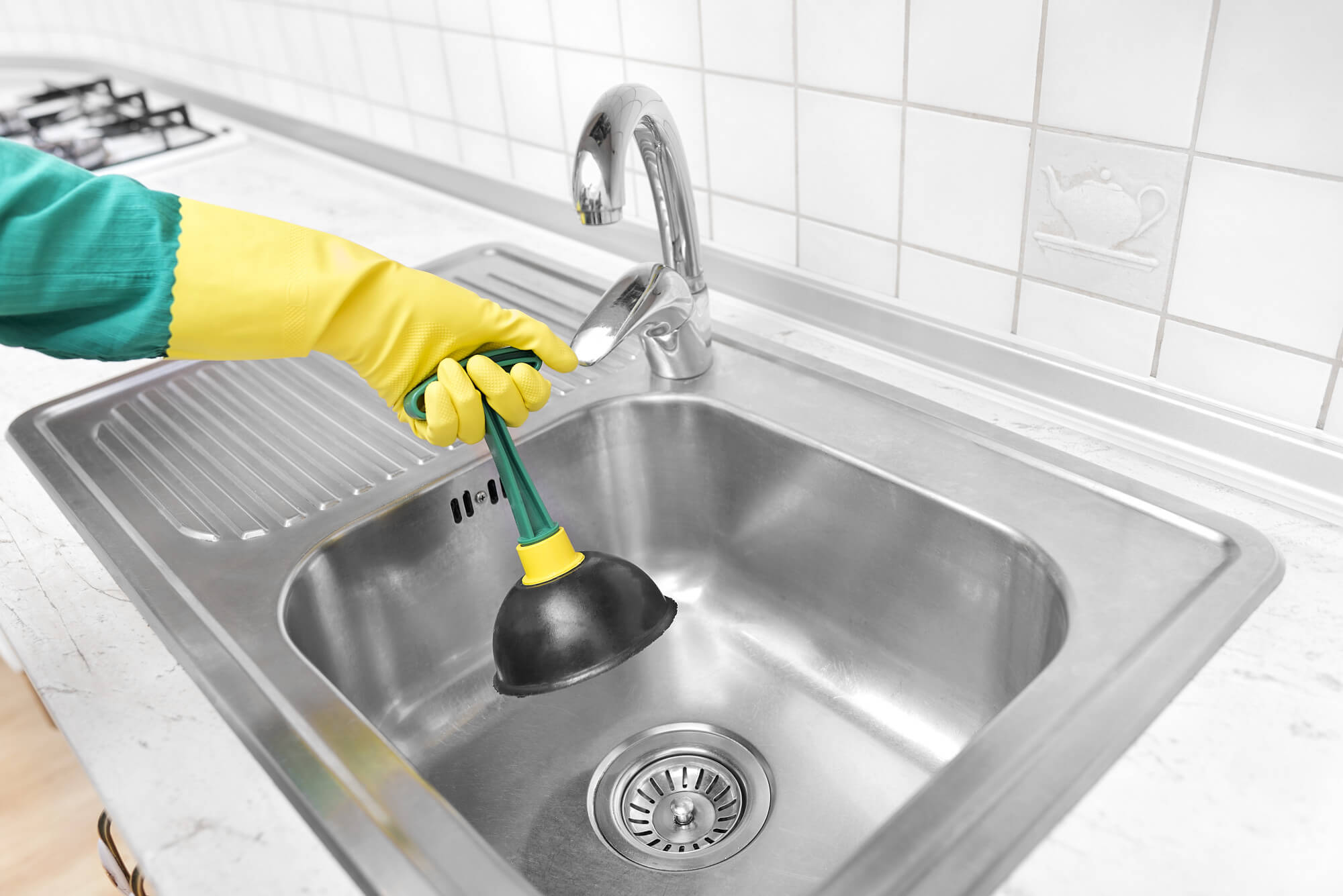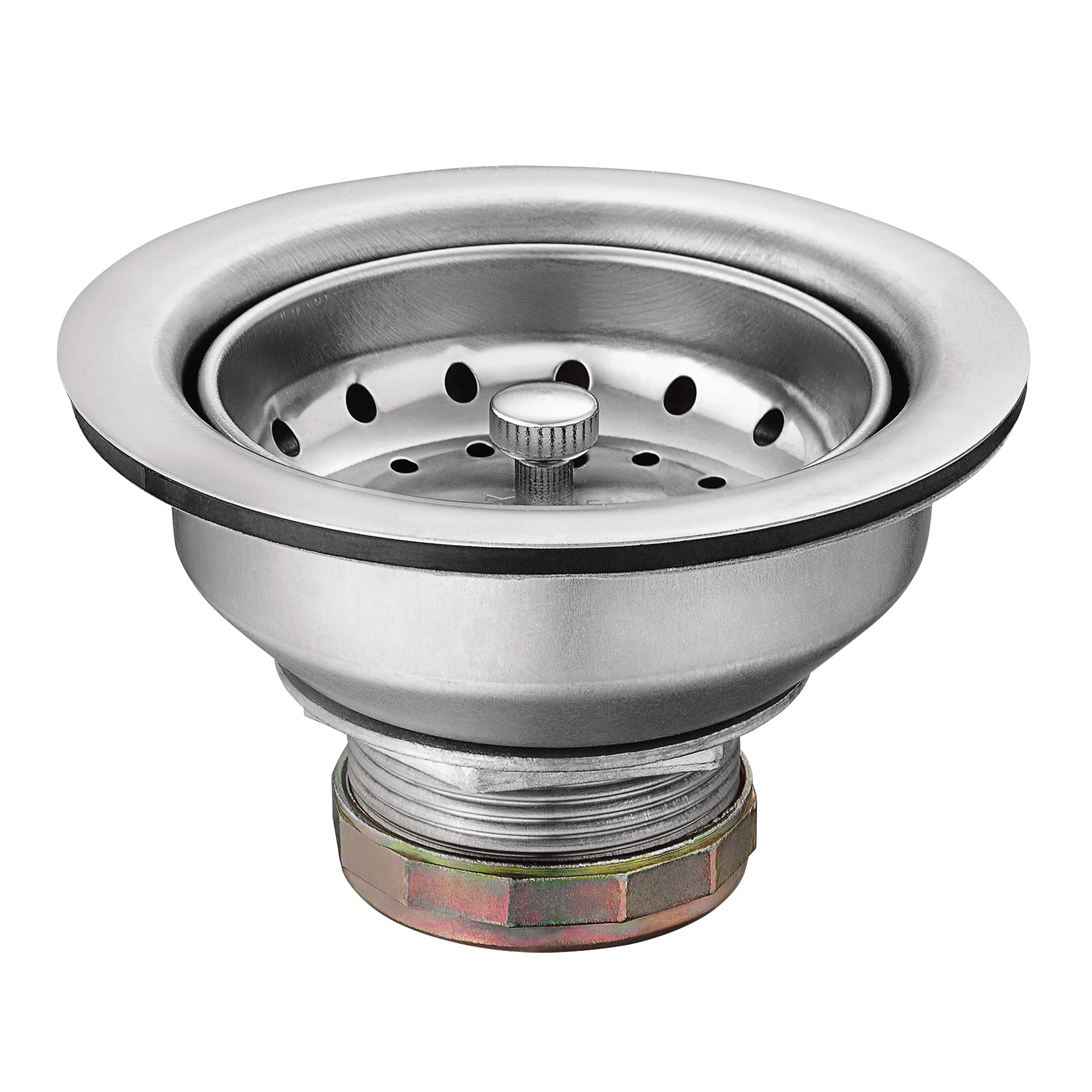How to install a kitchen sink drain? Installing a kitchen sink drain is a fundamental aspect of kitchen plumbing and a task that many homeowners may encounter when remodeling or renovating their kitchens. A properly installed kitchen sink drain ensures efficient water drainage, prevents leaks, and contributes to the overall functionality of the kitchen. This comprehensive guide will walk you through the step-by-step process of installing a kitchen sink drain, covering everything from gathering the necessary tools and materials to connecting the various components and testing for proper functionality.
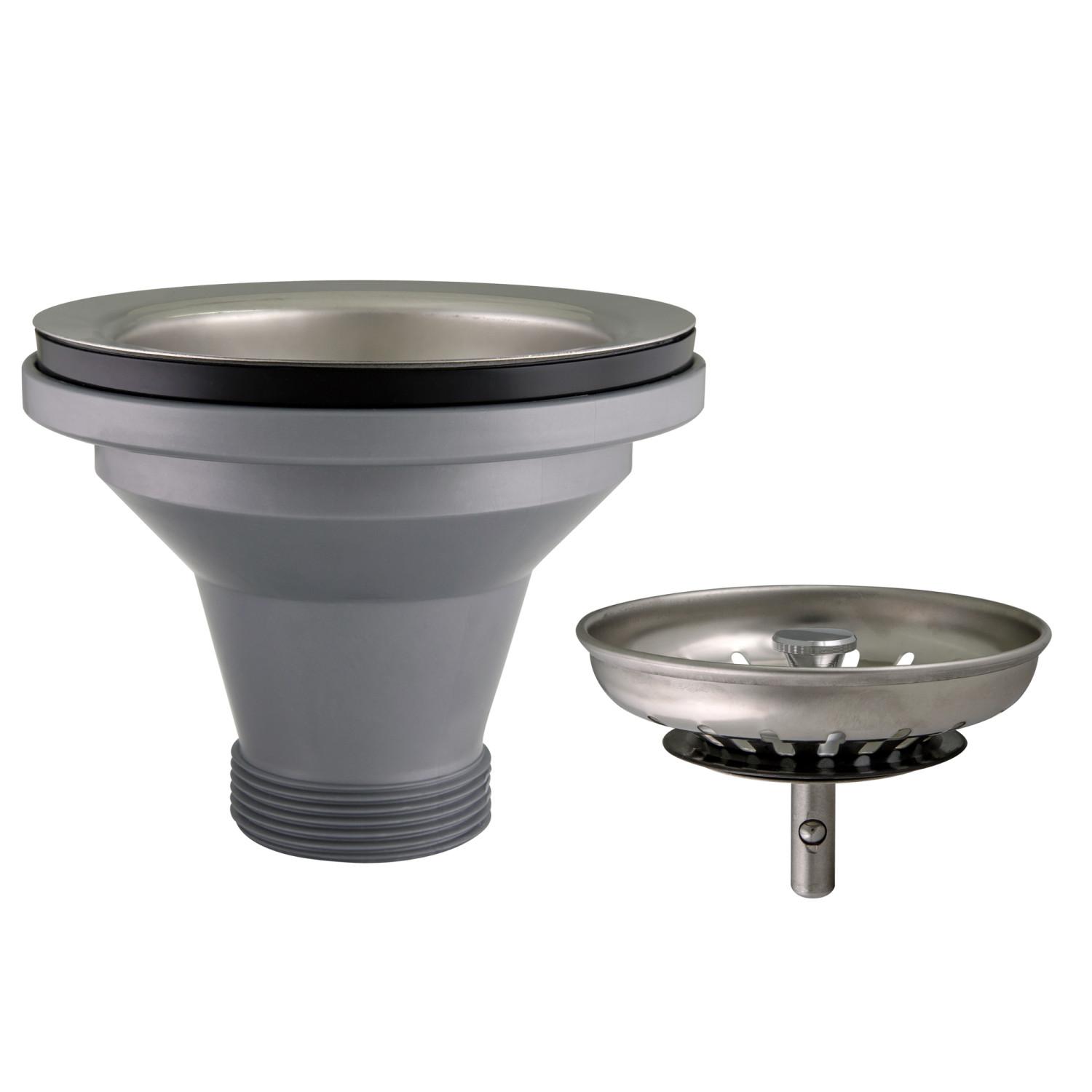
Gathering Tools and Materials
Before embarking on the installation process, it’s essential to gather all the necessary tools and materials. Here’s a list of items you will need:
- Adjustable wrench
- Plumber’s putty
- Plumber’s tape (Teflon tape)
- Hacksaw or pipe cutter
- Screwdriver
Ensure that you have all the required tools and materials on hand before beginning the installation to streamline the process.
Steps for Installing a Kitchen Sink Drain
Remove the Old Drain Assembly
Begin by clearing out the area under the kitchen sink and placing a bucket or tray beneath the drain to catch any water or debris. Use an adjustable wrench to loosen and remove the existing nuts that secure the P-trap and other components of the old drain assembly. Once the nuts are removed, carefully detach the old drain pipes and set them aside for disposal.
Clean the Sink and Drain Opening
Thoroughly clean the area around the drain opening in the sink, ensuring that any remnants of the old plumber’s putty or gasket are removed. Wipe the area dry with a clean towel or rag to provide a clean surface for installing the new drain.
Prepare the New Drain Assembly
Take the new kitchen sink drain assembly kit and prepare it for installation. Apply a thin, uniform bead of plumber’s putty around the underside of the flange of the new drain basket. Insert the drain basket into the drain opening from the top of the sink, ensuring that it sits flush against the surface.
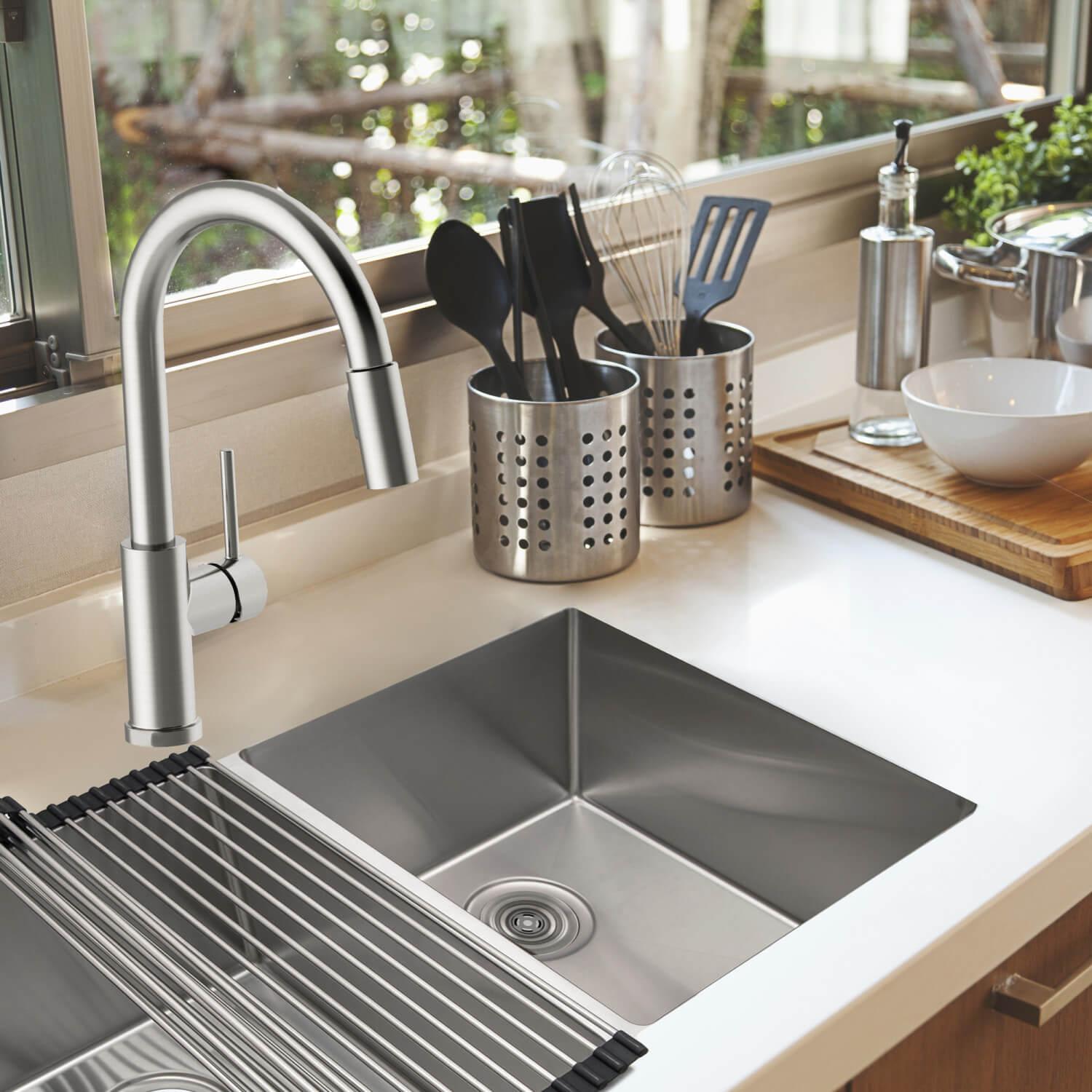
Secure the Drain Basket
Once the drain basket is in place, secure it from underneath the kitchen sink by tightening the mounting nut. Use a pair of pliers or a wrench to ensure that the nut is firmly tightened, but be careful not to over-tighten as this could damage the seal.
Connect the Strainer Tailpiece
Attach the strainer tailpiece to the bottom of the drain basket by screwing it onto the threaded section. Ensure that it is securely tightened to prevent leaks. If necessary, use plumber’s tape (Teflon tape) on the threaded connections to create a watertight seal.
Install the P-Trap Assembly
Assemble the P-trap components, including the trap bend and the trap arm, according to the manufacturer’s instructions. Trim the trap arm to the required length using a hacksaw or pipe cutter if it is too long for your setup. Connect the P-trap assembly to the strainer tailpiece and the drainpipe coming from the wall, ensuring that all connections are snug but not overly tightened.
Check for Leaks and Test Functionality
Once all the components are connected, turn on the water and allow it to flow through the drain system. Check for any signs of leakage around the connections and tighten them if necessary. Additionally, fill the sink with water and then release it to test the drainage system’s functionality and ensure that water flows smoothly through the drain without any backups or unusual noises.
Advantages of kitchen sink drain
The kitchen sink drain is a vital component of any kitchen plumbing system, responsible for carrying away wastewater and preventing clogs that can disrupt daily activities in the kitchen.
Enhanced Water Drainage and Efficiency
One of the primary advantages of a well-designed and properly installed kitchen sink drain is its ability to facilitate efficient water drainage. By quickly removing wastewater from the sink basin, the drain helps prevent standing water, which can harbor bacteria, cause unpleasant odors, and create unsanitary conditions in the kitchen. Efficient drainage also ensures that tasks such as dishwashing, food preparation, and cleaning are carried out smoothly and without interruptions.
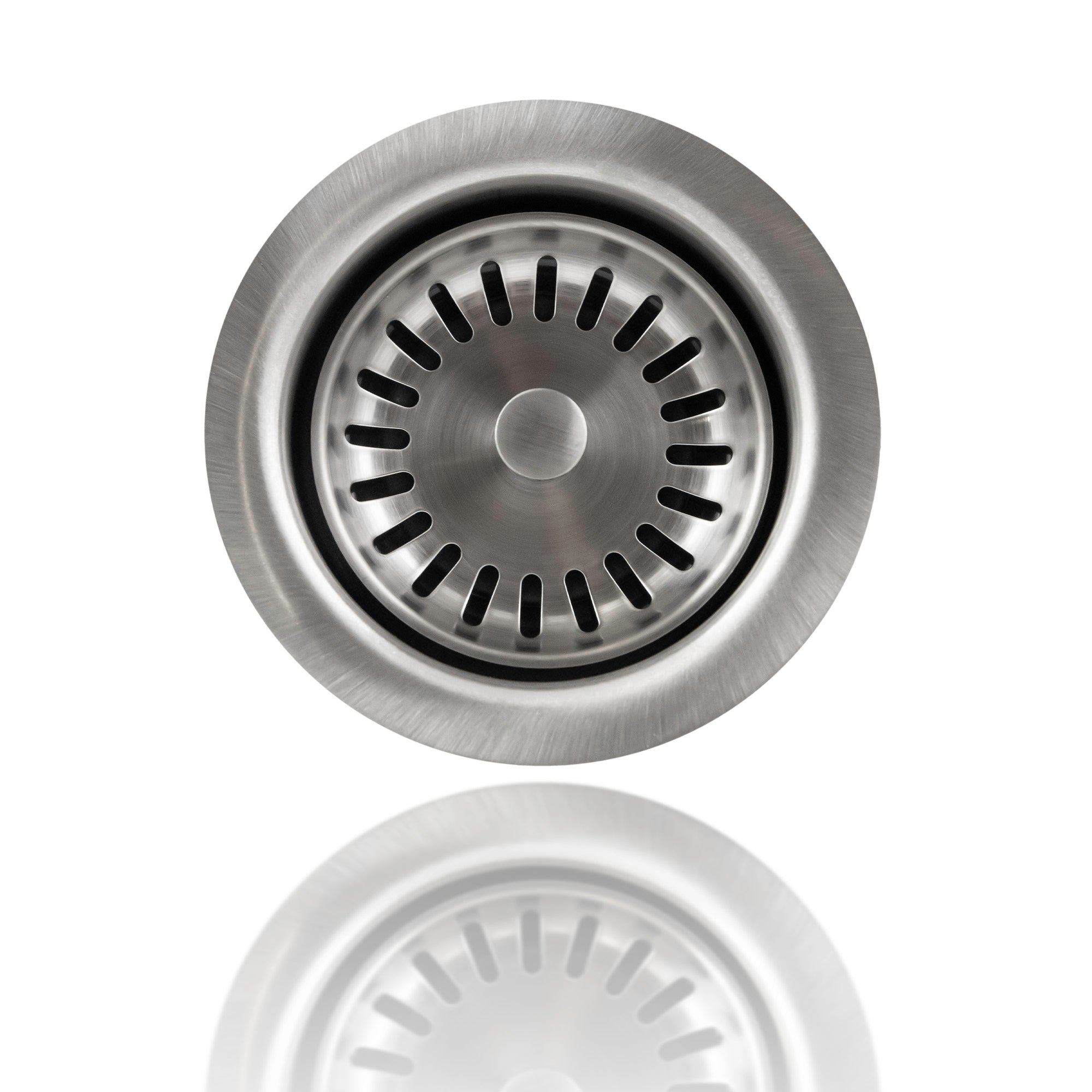
Prevention of Clogs and Blockages
Kitchen sink drains play a crucial role in preventing clogs and blockages that can impede the flow of water. And lead to plumbing issues. The design of the drain, including components such as the strainer, trap, and vent. Is engineered to capture debris, food particles, grease, and other substances. That could potentially cause obstructions in the pipes. By trapping these materials before they enter the plumbing system, the sink drain helps maintain clear and free-flowing drainage, reducing the likelihood of backups and costly repairs.
Improved Hygiene and Sanitation
Maintaining a clean and hygienic kitchen environment is essential for the health and well-being of occupants. A properly functioning kitchen sink drain contributes to overall hygiene. By efficiently removing wastewater containing food residues, grease, and other contaminants. By preventing water from pooling in the sink and promoting effective drainage. The drain discourages the growth of harmful bacteria and mold. Helping to keep the kitchen space clean, odor-free, and safe for food preparation.
Minimization of Foul Odors and Unpleasant Smells
Standing water and food residues trapped in a clogged or inefficiently draining sink can emit foul odors that permeate the kitchen and create an unpleasant atmosphere. A well-maintained and properly installed kitchen sink drain helps mitigate the occurrence of such odors by ensuring that wastewater is swiftly removed from the sink basin and disposed of through the plumbing system. By promoting good airflow and drainage, the drain helps eliminate stagnant water that can become a breeding ground for odor-causing bacteria.
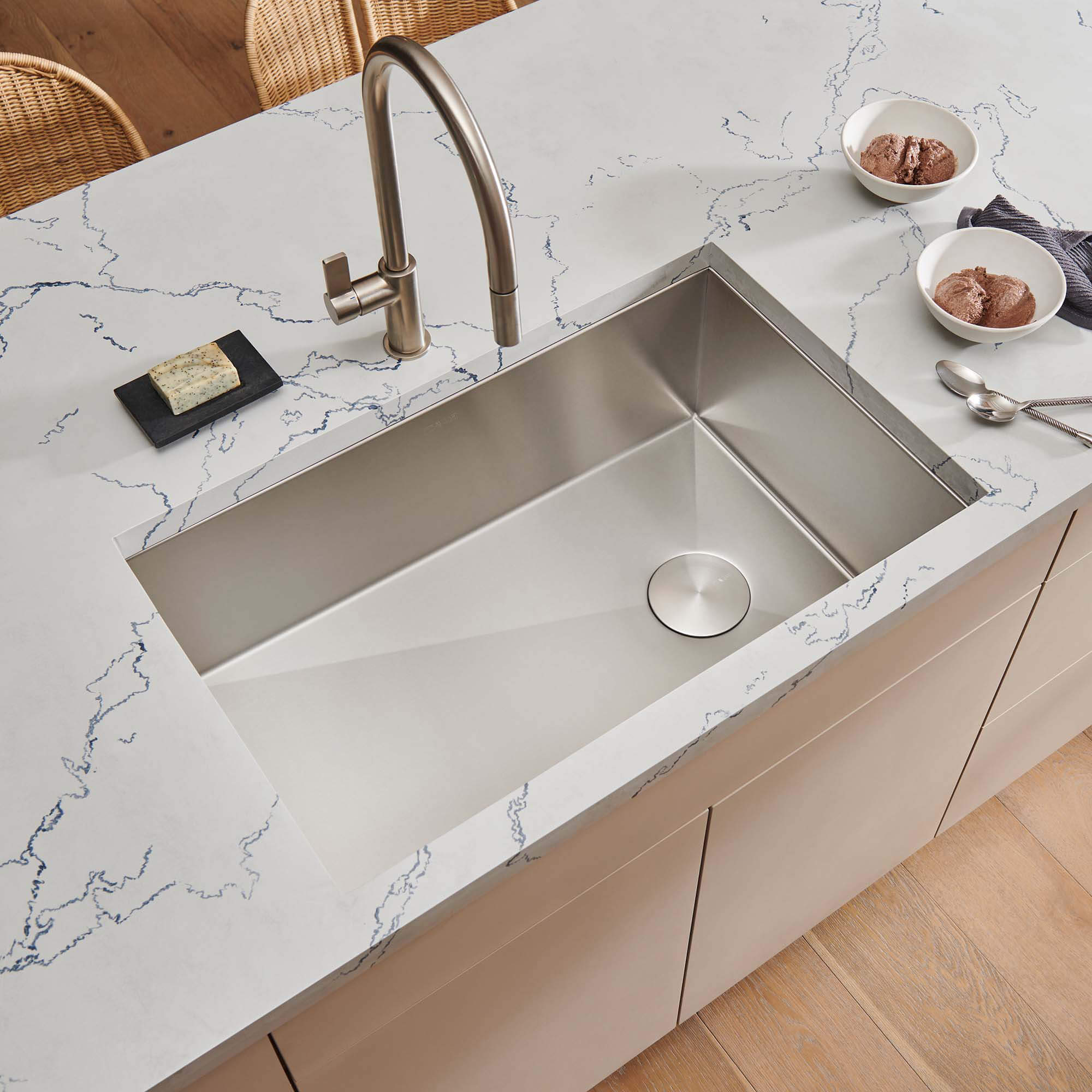
Prevention of Water Damage and Mold Growth
Inadequate drainage in the install a kitchen sink can lead to water accumulation around the sink area. Potentially causing water damage to cabinetry, countertops, and flooring. Prolonged exposure to moisture can also promote the growth of mold and mildew. Posing health risks and requiring costly remediation efforts. A functional kitchen sink drain effectively channels water away from sensitive areas. Teducing the risk of water damage and mold growth. And preserving the structural integrity of the kitchen space.
Conclusion
Installing a kitchen sink drain is a manageable DIY task. That can contribute to the efficient function and aesthetics of your kitchen. By following the steps outlined in this guide and paying attention to detail during the installation process. You can ensure that your new kitchen sink drain is installed correctly and operates flawlessly. Remember to consult the manufacturer’s instructions. That accompany your specific drain assembly kit and seek professional assistance. If you encounter any challenges beyond your expertise. With a well-installed kitchen sink drain, you can enjoy a functional and leak-free sink for years to come.
